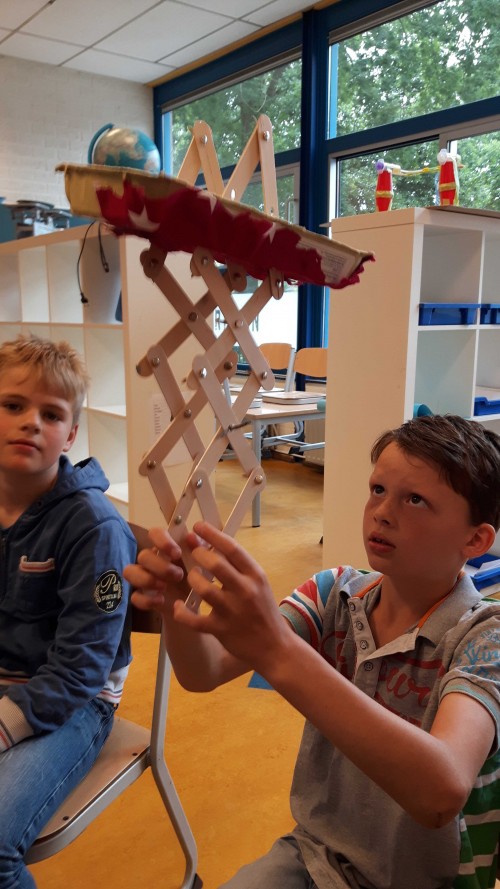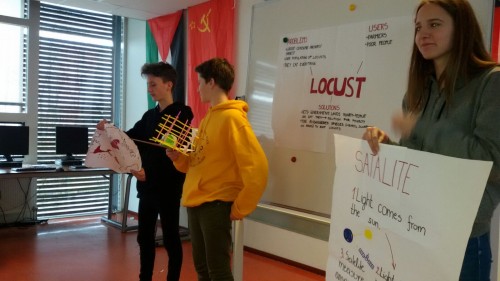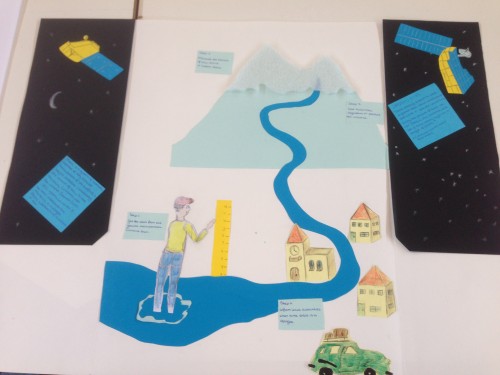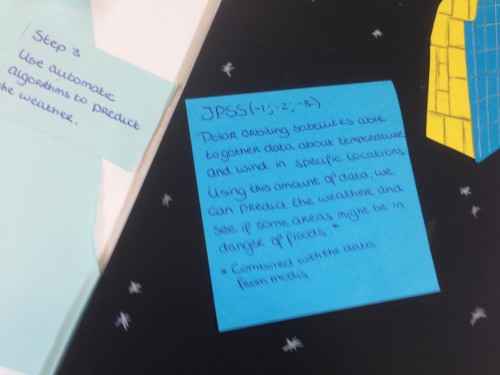Example
Based on the empathise phase, 2 or 3 options (or combinations of options) are selected from the list of ideas. The group should now produce a model, sketch or exact description of this idea. In the case of the gift for the friend: a description of what the day will look like, who is going, where they are going, how they are getting there, what it will cost everyone (only if others are contributing), what needs to be organised, etc. This can then be worked out for 2 or 3 ideas that the group deems suitable.
If they do not succeed in working this out in detail, they can always return to the ideate phase to get inspiration from other ideas. They can even go back one or more steps further: to the define or empathise phase.



